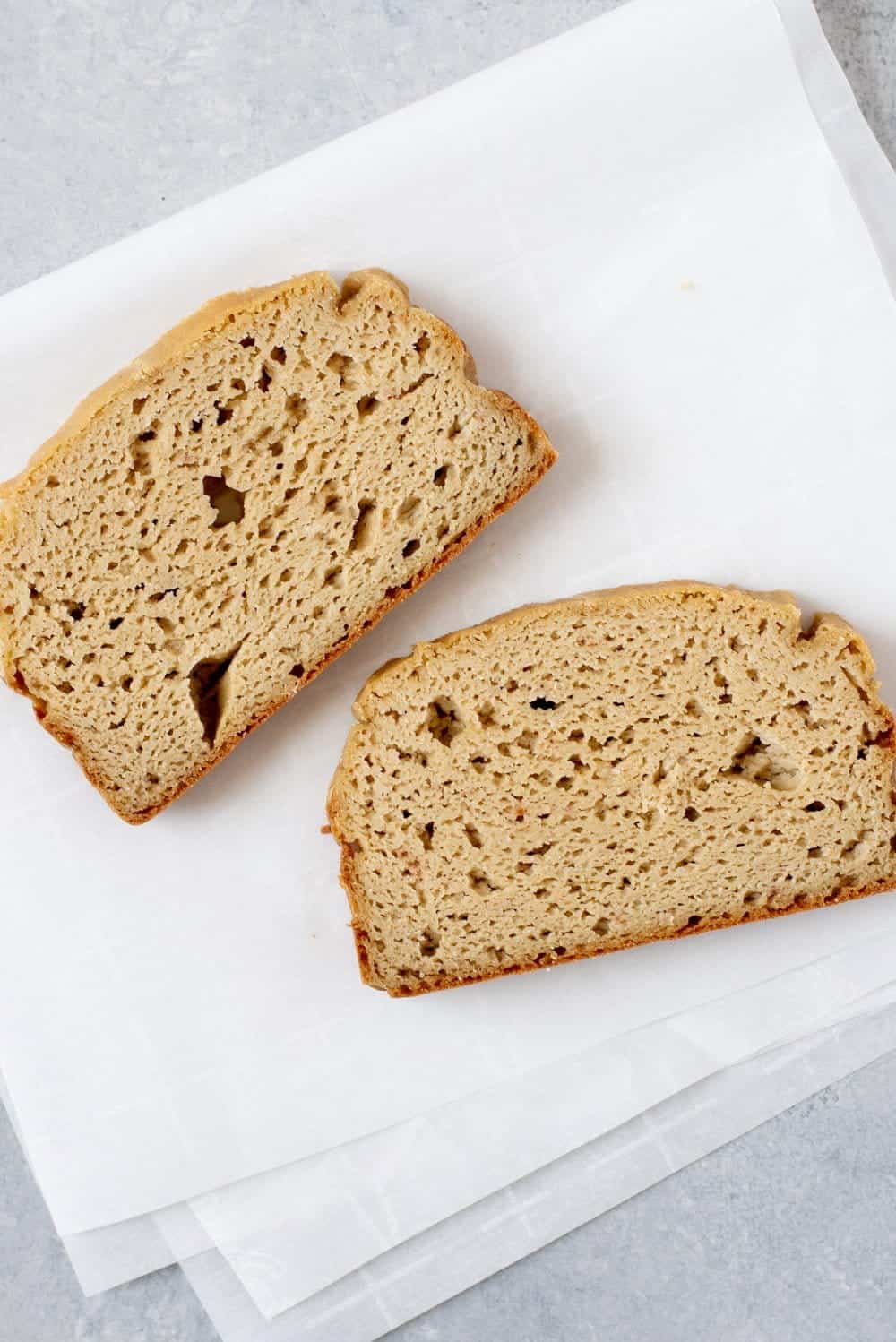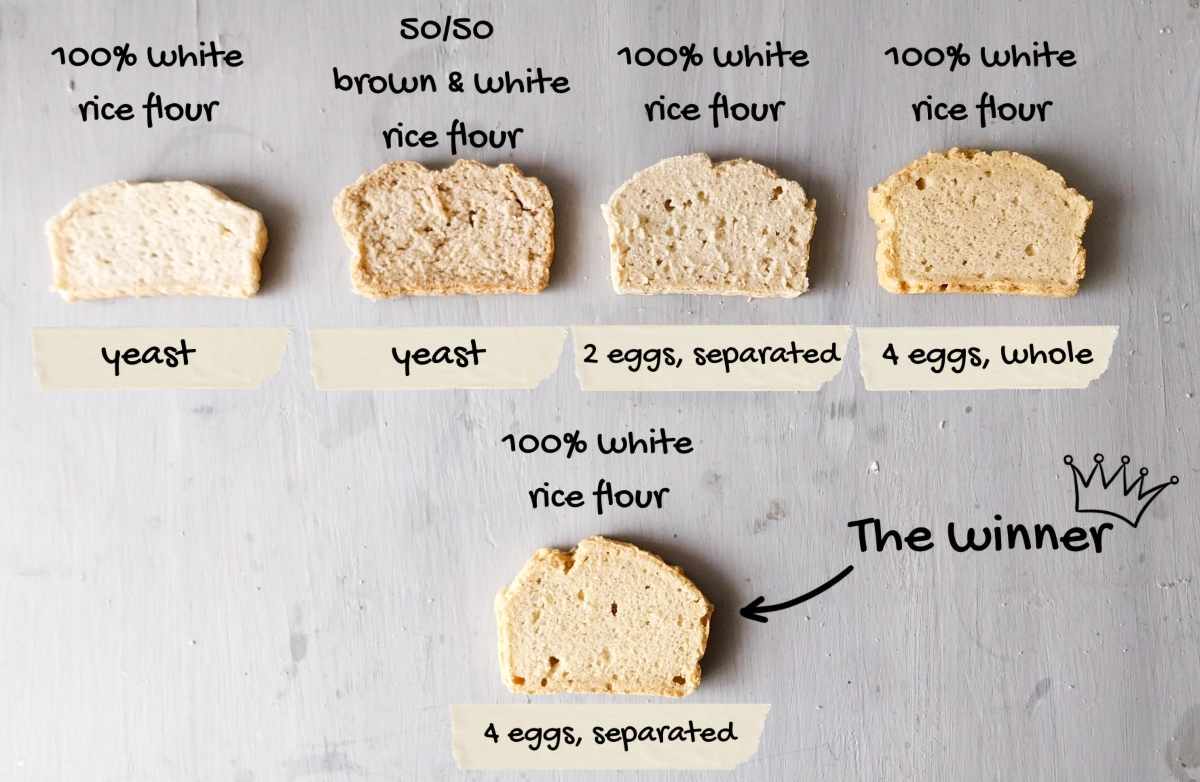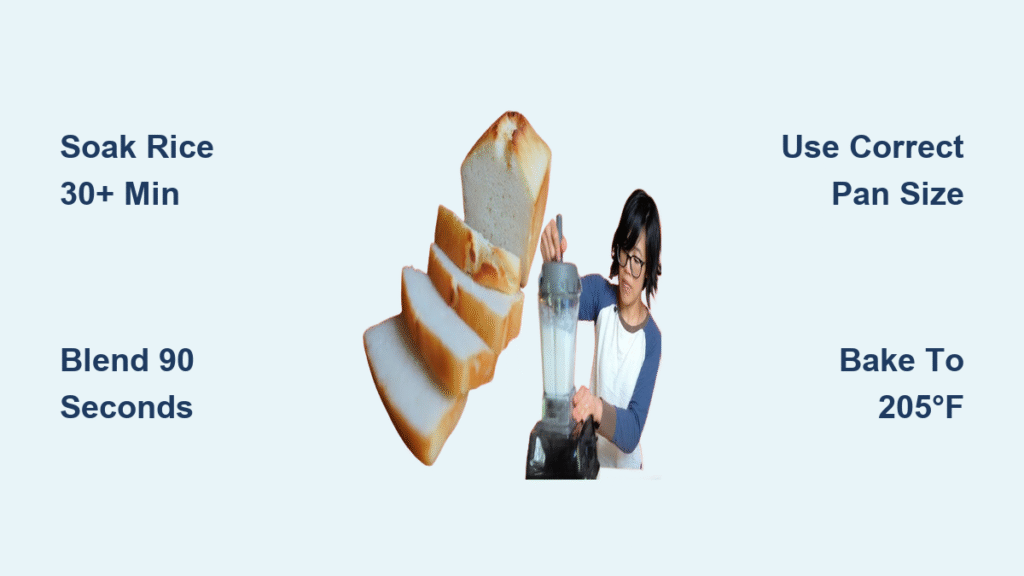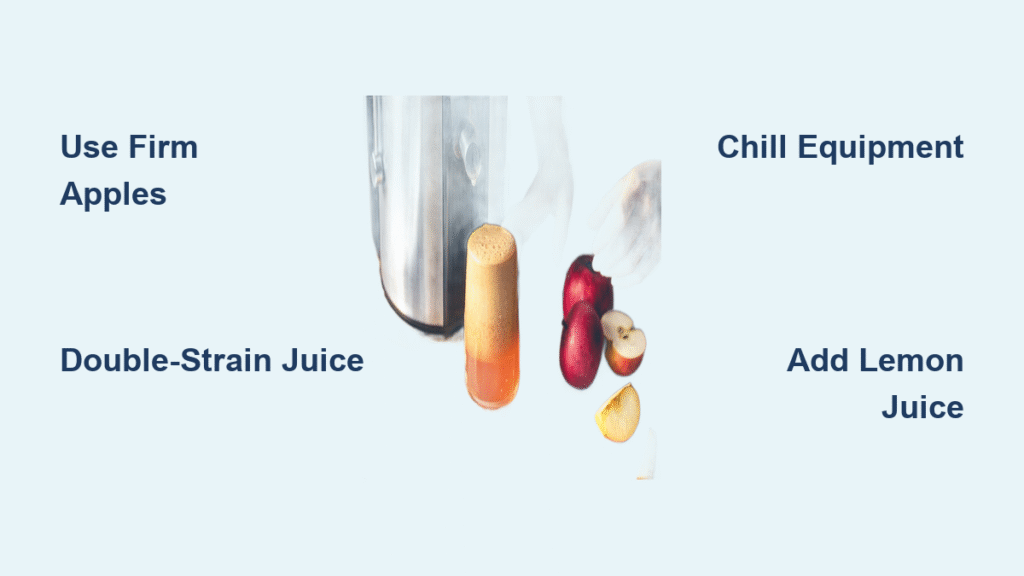You’re craving warm, fresh bread but dread the sticky dough, flour-coated counters, and hour-long kneading sessions. What if your blender—the appliance gathering dust on your counter—could replace your stand mixer and bread machine? Bread in a blender skips traditional kneading by liquefying ingredients into a smooth batter that bakes into bakery-quality loaves in under an hour. No special skills required. Just measure, blend, pour, and bake. Discover how rice kernels transform into gluten-free yeast bread, cashews become grain-free Paleo loaves, and overripe bananas disappear into perfectly textured quick bread—all while your kitchen stays spotless. You’ll never touch a dough hook again.
This revolutionary technique works because high-speed blending creates uniform hydration and aeration impossible with hand mixing. The friction heat even jumpstarts yeast activation. Forget dense, gummy failures—these three scientifically calibrated recipes leverage your blender’s power for foolproof results. Whether you’re gluten-free, Paleo, or just short on time, you’ll pull golden, sliceable loaves from the oven faster than delivery arrives. Let’s dive into the exact methods that turn your blender into a bread-making powerhouse.
Rice Yeast Loaf: Gluten-Free Bread in 60 Minutes Flat
Soaking Rice Right for a Light, Airy Crumb
Don’t skip the soak—it’s non-negotiable for tender texture. Use 350g white jasmine rice (or any short-grain variety) submerged in 1L water for at least 30 minutes. Overnight soaking yields even better results by breaking down starches that cause gumminess. Drain completely before blending; residual water throws off hydration. If you soaked longer than 4 hours, reduce the fresh water in your batter from 210g to 220g. Wet rice clumps will stall your blender, so spread drained grains on a towel for 5 minutes to evaporate surface moisture.
Exact Ingredient Ratios for Foolproof Results
Precision matters here—use a digital scale, not cups. Combine drained soaked rice (350g), fresh water (210g), neutral oil (80g), sugar (25g), instant yeast (14g), and salt (8g). The sugar feeds yeast without sweetness, while oil prevents crumbliness. Sub olive oil for herb-infused loaves or coconut oil for subtle sweetness. Never exceed 105°F (41°C) during blending—yeast dies at 130°F. Check temperature with an instant-read thermometer after blending; if too hot, chill batter in the fridge for 5 minutes.
Step-by-Step: From Blender to Oven in 5 Minutes
- Blend 90 seconds exactly on high speed—no more, no less. Stop to scrape sides once if needed.
- Pour batter into two 5¾×3¼-inch mini pans (greased) until ⅔ full. Standard 9×5 pans work but yield flatter loaves.
- Proof 15–30 minutes in a warm spot until batter crests just below the pan rim. Over-proofing causes collapse.
- Bake at 365°F for 30–35 minutes (convection) until internal temperature hits 205°F.
- Mist tops with water after panning and again before baking for professional oven spring.
Cool 30 minutes before slicing—this prevents gummy centers. Pro tip: Add 50g grated zucchini or cinnamon for flavor twists without altering bake time.
Grain-Free Cashew Bread: A Paleo Powerhouse Recipe

Fixing the Cookbook Typo: Correct Almond Milk Measurement
That viral grain-free recipe? It contains a critical error: use only ½ cup (120ml) almond milk, not 1 cup. Too much liquid creates dense, eggy loaves. Combine 8 room-temperature eggs, ½ cup almond milk, 1 Tbsp apple-cider vinegar, 180g soaked cashews (drained), 1 tsp baking soda, and ½ tsp salt. The vinegar activates soda for lift, while cashews add creaminess to counter coconut flour’s dryness. Soak cashews 2 hours in warm water—they must be fully soft or your blender will strain.
Blending Secrets for a Smooth, Non-Gummy Texture
Pulse 15 seconds on low to combine, then 30 seconds on high until satin-smooth. Scrape sides, add 40g coconut flour, and blend 30 seconds more. Batter should ribbon off a spatula. If too thick (common with older eggs), add 1 Tbsp water max—any more ruins structure. Over-blending creates gluey streaks; stop immediately if batter thickens past ribbon stage. For nut-free versions, replace cashews with 120g cooked white beans (untested but plausible).
Baking with Steam for Maximum Rise
Preheat oven to 325°F with a 2-inch water bath on the bottom rack. Pour batter into a parchment-lined 10×4.5-inch tall pan (standard 9×5 pans yield shorter loaves). Bake 60–70 minutes until a toothpick comes clean. The steam bath prevents cracking and boosts rise. Cool 30 minutes in pan before lifting by parchment—this sets the crumb. Slice only when fully cooled (1 hour total) to avoid crumbling. Toast leftovers for BLTs or French toast; the egg base crisps beautifully.
Blender Banana Bread: No More Speckled Loaves
Why Room-Temperature Ingredients Prevent Curdling
Cold ingredients cause separation when blended. Bring 2 large ripe bananas (270–300g), 140g Greek yogurt, 100g melted butter, 2 eggs, and 1 tsp vanilla to room temp for 30 minutes. The yogurt adds tangy moisture while neutralizing banana’s acidity. Load your blender in this exact order: bananas → yogurt → butter → vanilla → eggs. Blend 10–15 seconds until silky. Skipping this sequence causes lumps that won’t incorporate later.
The Critical 10-Second Blend Rule for Tender Crumb
Add 190g flour, 150g sugar, 1 tsp baking soda, and ½ tsp salt. Pulse only 8–10 seconds—over-blending develops gluten, creating rubbery streaks. Finish folding dry ingredients with a spatula if batter looks gloppy. Pour into an 8×4-inch greased pan (9×5 pans work but bake faster). Bake at 340°F for 50–60 minutes, tenting with foil at 40 minutes if browning too fast. Under-mixing is safer than over-mixing here—lumps will bake out.
Avoiding the Gluey Texture Trap
Black specks mean bananas weren’t blended enough. If you see fibers, blend wet ingredients 20 seconds longer before adding dry components. For chocolate chip versions, fold in 50g chips by hand after blending to prevent melting. Cool 10 minutes in pan before transferring to a rack—banana bread sets faster than yeast loaves. Store airtight for 3 days; frozen slices reheat perfectly in 20 seconds.
Must-Have Blender Specs for Bread Success

Motor Power That Won’t Quit Mid-Blend
Your blender must run continuously for 90 seconds without overheating. Check wattage: 1,000W+ motors handle rice and cashews; cheaper 600W models stall with thick batters. If your unit shuts off, pause 30 seconds between blends. For mini-loaves, halve recipes to avoid underfilling the carafe. A tamper helps push grain-free batters toward blades—but never insert it while running.
Pan Size Adjustments to Prevent Disaster
Using the wrong pan ruins texture. Rice yeast bread needs mini pans for tall domes; standard 9×5 pans require 5 extra bake minutes. Grain-free loaves demand tall 10×4.5-inch pans—shorter pans cause overflow. Banana bread fits 8×4-inch pans perfectly; 9×5-inch versions bake 10 minutes faster but stay shorter. Always grease pans and line with parchment for clean release.
Instant Fixes for Common Blender Bread Problems

Gummy Center? Here’s How to Save Your Rice Loaf
If your rice bread’s center is wet, return it to the oven at 300°F for 10 minutes. Next time: soak rice 4+ hours and bake to 205°F internal temp (not 200°F). Under-soaked rice never fully gelatinizes, creating gummy pockets.
Dense Grain-Free Bread? Check Your Almond Milk
Dense Paleo loaves mean too much liquid. Measure almond milk precisely (½ cup only) and drain cashews thoroughly. If batter thickens after adding coconut flour, resist adding water—it needs that dense structure to rise.
Storage Secrets: Keep Your Bread Fresh Longer
Refrigeration vs. Freezing for Each Bread Type
Rice yeast bread lasts 5 days refrigerated (wrapped in parchment) but gets stale fast at room temp. Grain-free loaves must be refrigerated due to high egg content—never store at room temp. Banana bread stays moist 3 days airtight on counter. For all types, slice before freezing: wrap portions in parchment, then freeze in zipper bags for 2 months. Thaw overnight in the fridge.
Best Reheating Methods for Bakery-Fresh Taste
Revive frozen slices in a 325°F oven for 8 minutes (grain-free) or toaster for 2 minutes (rice/banana). Never microwave grain-free bread—it turns rubbery. For stale loaves, spritz with water and reheat in a covered pan for 5 minutes.
Bake any of these bread in a blender recipes tomorrow: measure, blend, pour, bake. Your kitchen stays clean, your bread stays fresh, and your blender earns another star on its résumé. No more failed doughs or messy mixers—just golden, sliceable loaves faster than you’d believe. Grab your blender, pick your recipe, and taste the revolution.





